In today’s fast-paced world, staying organized and productive can be a challenge. However, technology offers numerous tools and strategies to help manage your time, tasks, and goals efficiently. Here’s a comprehensive guide on how to leverage technology to boost your organization and productivity.
1. Embrace Task Management Apps
Task management apps are essential for keeping track of your to-do lists, deadlines, and projects. Popular apps like Todoist, Trello, and Asana can help you break down tasks into manageable chunks, set priorities, and track your progress.
Todoist
Todoist is known for its user-friendly interface and powerful features. You can create tasks, set due dates, assign priority levels, and even integrate it with other tools like Google Calendar. The app also provides productivity insights and trends, helping you understand your work patterns.
Trello
Trello uses boards, lists, and cards to help you organize tasks visually. You can create different boards for various projects, and within each board, use lists to represent stages of progress. Cards can be moved between lists as tasks progress, and you can add checklists, attachments, and due dates to each card.
Asana
Asana is designed for team collaboration and project management. It offers features like task assignments, timelines, and project tracking. Asana’s flexibility allows you to create custom workflows and use templates for recurring tasks, making it a powerful tool for both individual and team productivity.
2. Utilize Calendar Apps
Calendar apps are crucial for scheduling and time management. They help you plan your day, week, or month and ensure you never miss important appointments or deadlines.
Google Calendar
Google Calendar is a versatile tool that allows you to create multiple calendars for different aspects of your life (e.g., work, personal, family). You can set reminders, schedule events, and share calendars with others. Integration with other Google services and apps enhances its functionality.
Microsoft Outlook Calendar
Microsoft Outlook Calendar is integrated with email and offers robust scheduling features. It’s particularly useful for managing work-related appointments and meetings. You can also view multiple calendars side-by-side and schedule events directly from your email.
Apple Calendar
Apple Calendar is ideal for users within the Apple ecosystem. It syncs seamlessly across your Apple devices and integrates with other Apple apps. Features like natural language input make scheduling events quick and intuitive.
3. Leverage Note-Taking Apps
Note-taking apps help you capture and organize information on the go. Whether you’re jotting down ideas, meeting notes, or research, these apps keep your notes accessible and organized.
Evernote
Evernote allows you to create notes, notebooks, and tags to organize your information. You can clip web articles, attach files, and even use handwriting recognition. The app’s search functionality makes it easy to find specific notes or content quickly.
Microsoft OneNote
Microsoft OneNote offers a digital notebook experience with sections and pages for organizing your notes. It supports multimedia content, including text, images, and audio recordings. OneNote’s integration with other Microsoft Office apps enhances its utility for both personal and professional use.
Notion
Notion combines note-taking with project management. It allows you to create databases, to-do lists, and wikis within a customizable workspace. Notion’s flexibility makes it suitable for organizing both personal and work-related information.
4. Adopt Time-Tracking Tools
Time-tracking tools help you monitor how you spend your time and identify areas where you can improve productivity. These tools are particularly useful for freelancers, remote workers, and anyone looking to optimize their work habits.
Toggl
Toggl is a simple yet powerful time-tracking tool. You can start and stop timers for different tasks, categorize time entries, and generate detailed reports. Toggl’s ease of use makes it a popular choice for individuals and teams looking to track time accurately.
RescueTime
RescueTime runs in the background and automatically tracks the time you spend on applications and websites. It provides insights into your daily habits and productivity patterns, helping you identify distractions and improve focus.
Clockify
Clockify is a free time-tracking tool that offers features like time tracking, project management, and reporting. It’s suitable for both individual and team use, and its reporting features help you analyze productivity and billable hours.
5. Implement Automation Tools
Automation tools streamline repetitive tasks and reduce manual work, freeing up time for more important activities.
Zapier
Zapier connects various apps and automates workflows by creating “zaps.” For example, you can set up a zap to automatically save email attachments to Dropbox or create tasks in Trello from new emails. Zapier’s wide range of integrations makes it a versatile tool for automating tasks.
IFTTT (If This Then That)
IFTTT allows you to create simple conditional statements called “applets” to automate tasks. For instance, you can set up an applet to automatically post new Instagram photos to Twitter or save new contacts from your phone to a Google Sheet.
Microsoft Power Automate
Microsoft Power Automate (formerly Flow) enables you to automate workflows across Microsoft and third-party apps. You can create custom flows to handle repetitive tasks, such as sending notifications, generating reports, or synchronizing data.
6. Use Collaboration Tools
Collaboration tools enhance teamwork and communication, making it easier to work on projects with others.
Slack
Slack is a popular messaging platform for team communication. It offers channels for organizing conversations, direct messaging, and integrations with various productivity tools. Slack’s search functionality and file sharing capabilities make it an effective tool for team collaboration.
Microsoft Teams
Microsoft Teams combines chat, video conferencing, and file sharing into a single platform. It integrates with Microsoft Office apps, allowing for seamless collaboration on documents and projects. Teams is suitable for both small and large organizations.
Zoom
Zoom is widely known for its video conferencing capabilities. It supports virtual meetings, webinars, and screen sharing, making it a valuable tool for remote teams and virtual collaboration. Zoom’s features include breakout rooms, recording, and integrations with other productivity tools.
7. Manage Your Files Efficiently
Cloud storage services help you store, organize, and access your files from anywhere. They also facilitate file sharing and collaboration.
Google Drive
Google Drive offers cloud storage along with integrated productivity apps like Google Docs, Sheets, and Slides. You can organize files into folders, share documents with others, and collaborate in real-time. Google Drive’s integration with other Google services enhances its functionality.
Dropbox
Dropbox is known for its ease of use and file synchronization. You can store files in the cloud, access them from any device, and share links with others. Dropbox also offers collaboration features through shared folders and team spaces.
Microsoft OneDrive
Microsoft OneDrive integrates with Windows and Microsoft Office apps, providing seamless file storage and sharing. It supports real-time collaboration on documents and offers various plans for personal and business use.
8. Stay Focused with Distraction-Blocking Apps
Distraction-blocking apps help you stay focused by limiting access to distracting websites and applications.
Freedom
Freedom allows you to block distracting websites and apps across multiple devices. You can create custom block lists, set scheduled sessions, and track your productivity over time. Freedom’s flexibility makes it a powerful tool for managing distractions.
Cold Turkey
Cold Turkey offers customizable blocking features for websites, applications, and even your entire computer. It allows you to set up focus sessions and create schedules to help you stay on track.
StayFocusd
StayFocusd is a browser extension for Chrome that helps you limit time spent on distracting websites. You can set daily time limits, block specific sites, and use the “nuclear option” to block sites entirely during focus periods.
9. Optimize Your Workflow with Project Management Tools
Project management tools help you plan, execute, and track projects effectively. They provide features for task management, collaboration, and progress tracking.
Monday.com
Monday.com offers a visual project management platform with customizable workflows, task tracking, and team collaboration features. It supports various project views, including Kanban, Gantt, and calendar, making it a versatile tool for managing projects of all sizes.
Basecamp
Basecamp provides a simple and intuitive platform for project management. It includes features like to-do lists, file sharing, and team messaging. Basecamp’s focus on simplicity makes it ideal for small to medium-sized teams.
Wrike
Wrike offers advanced project management features, including task assignments, time tracking, and Gantt charts. It’s suitable for teams with complex project needs and integrates with various other tools for enhanced functionality.
Conclusion
Technology provides a wealth of tools and strategies to help you stay organized and productive. By embracing task management apps, utilizing calendar and note-taking tools, adopting time-tracking and automation solutions, and leveraging collaboration and project management platforms, you can streamline your workflow and achieve your goals more efficiently. Experiment with different tools to find what works best for you and stay adaptable as technology evolves.






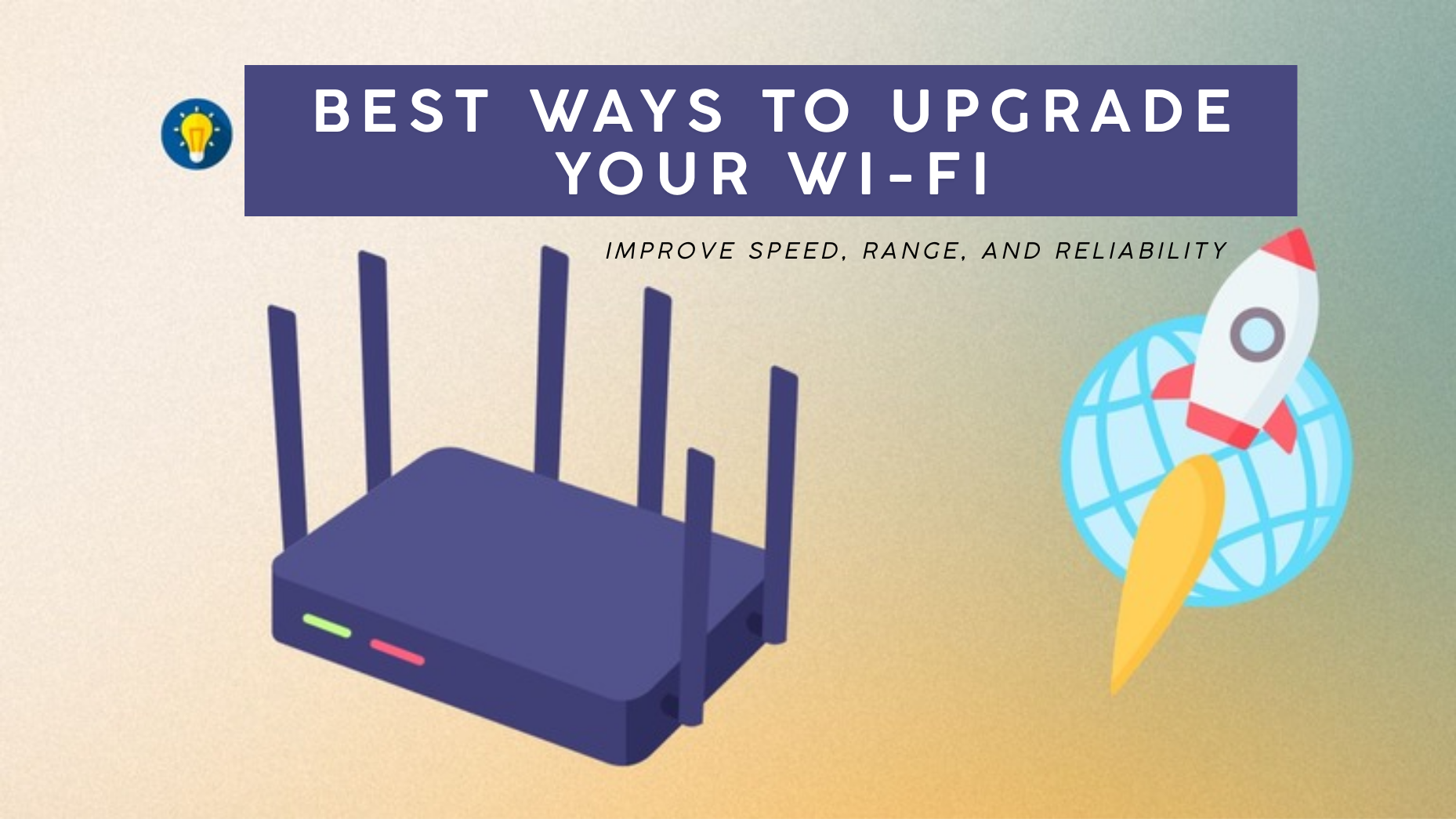
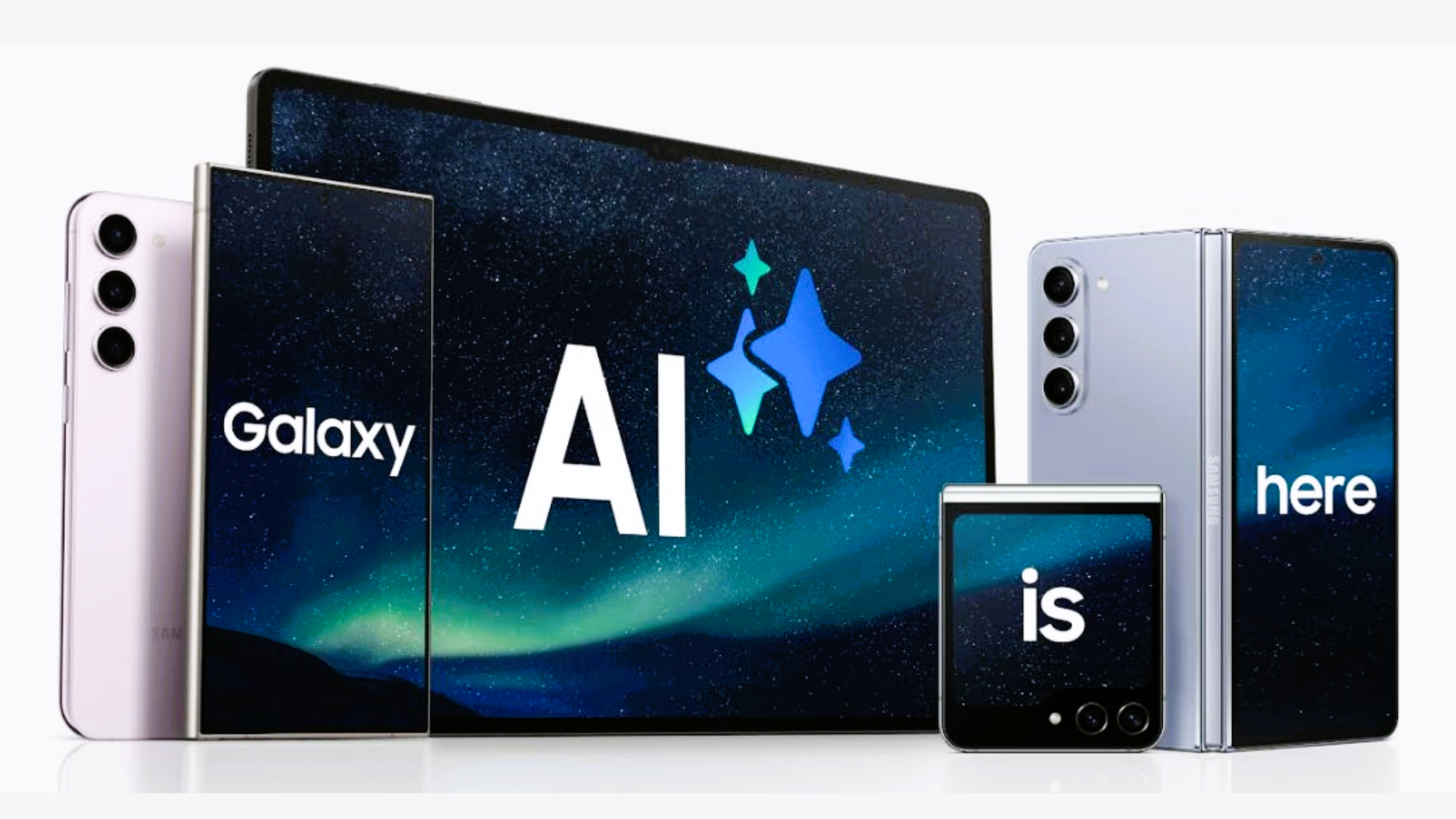

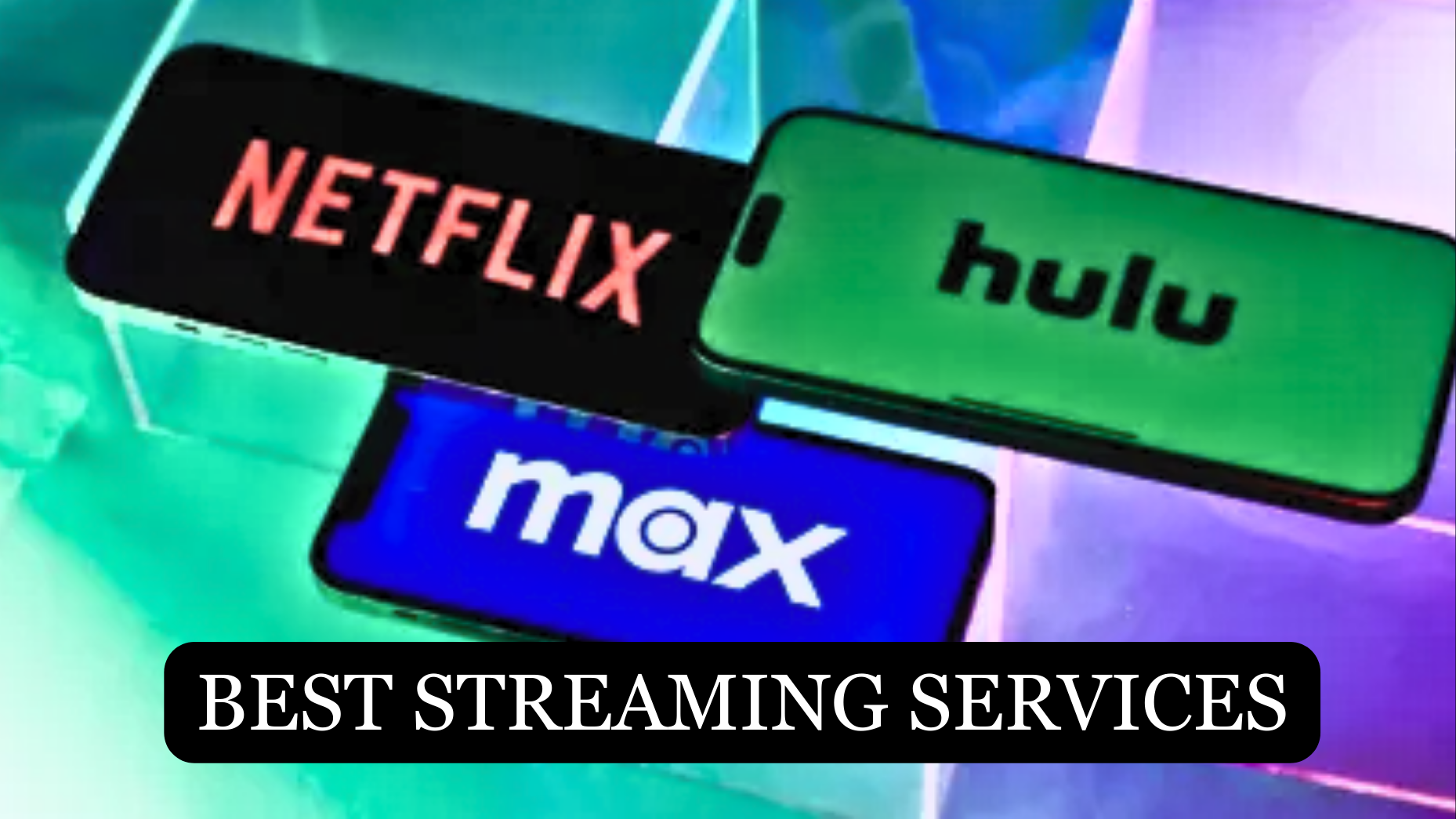
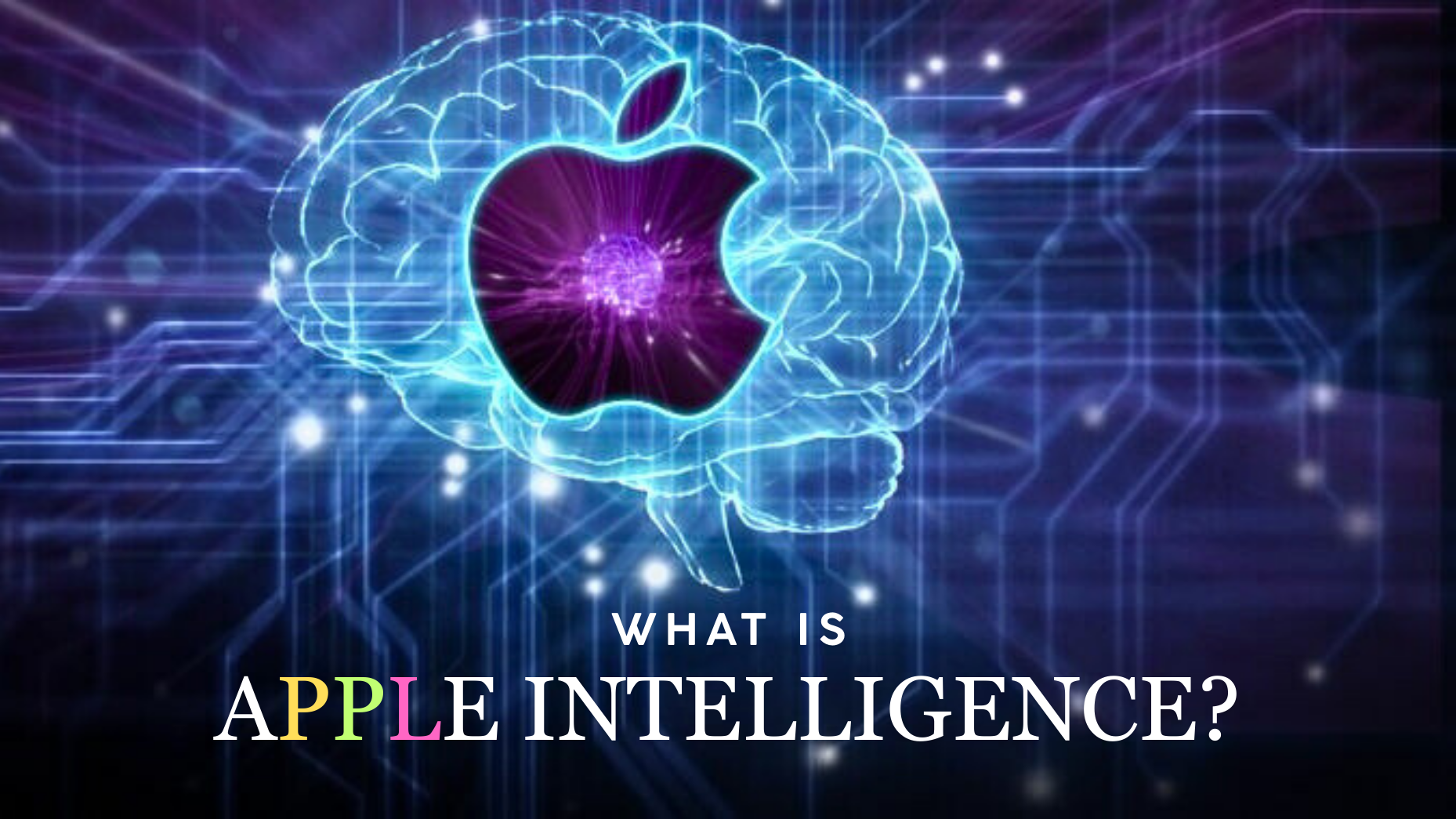

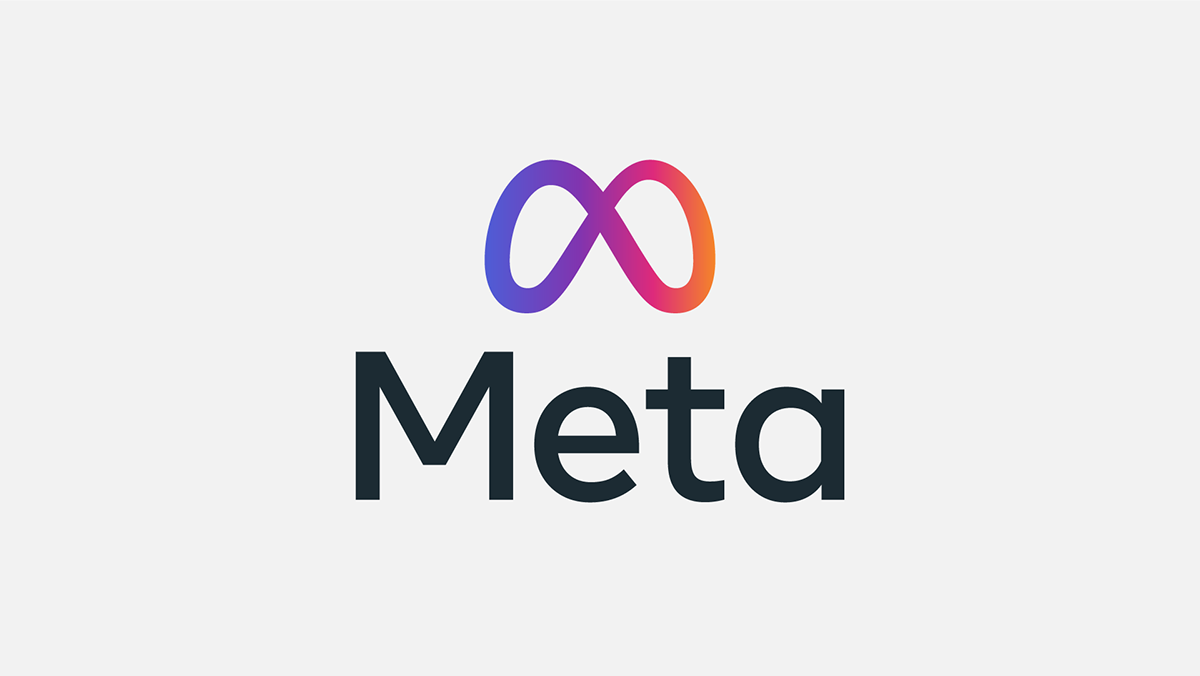

Leave a Reply